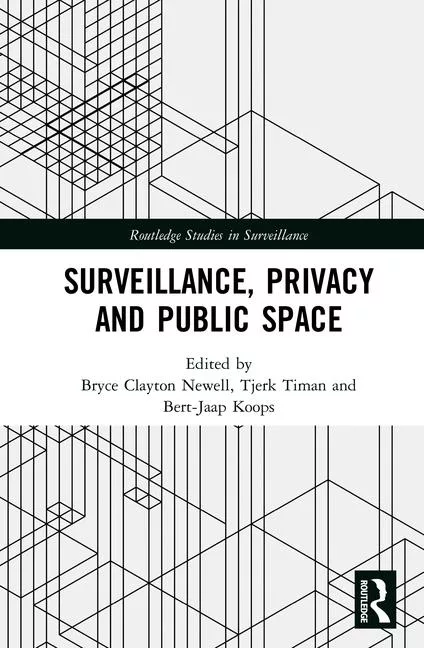Privacy study reveals wide scope of ICE surveillance

U.S. Immigration and Customs Enforcement (ICE) has used facial recognition technology to scan the faces of one-third (32%) of American adults via their driver's license photographs. The first known use of facial recognition by the agency has been traced back to 2008, according to a new report.
ICE surveillance data sources
A study from the Center on Privacy & Technology at Georgetown Law found widespread use of national databases for ICE surveillance, including Department of Motor Vehicle (DMV) data, utility user information, geolocation data, call records, healthcare information and housing data, among other sources.
Through its surveillance partnerships, ICE has access to the driver's license data of 74% of American adults. The agency also tapped into private industry data, obtaining the addresses of 74% of American adults when they connected their residences to gas, electricity, phone or internet services.
Data privacy oversight comes into question
The report noted a lack of oversight regarding the agency's use of surveillance, saying that the agency's use of driver's license and other personally identifiable information (PII) has often been facilitated without a warrant or awareness from local, state or national officials.
According to a tweet from Georgetown University's Center on Privacy & Technology, the Center identified instances when ICE mischaracterized their database and user information purchases as "Office Furniture" and "Medical: Health Services."
For more information on ICE surveillance, view the report.
Looking for a reprint of this article?
From high-res PDFs to custom plaques, order your copy today!







